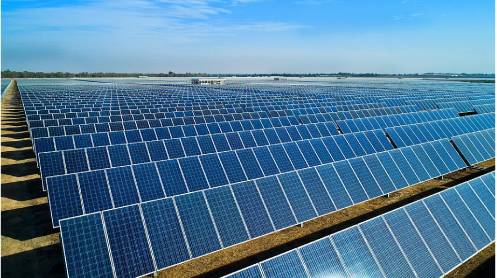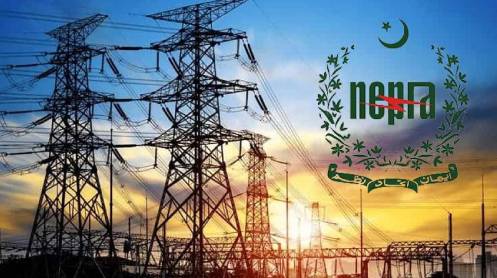BEIJING, Feb 10 (Reuters): China’s top economic planning agency has announced plans to roll back subsidies for renewable energy projects following a record-breaking surge in solar and wind power installations.
In 2024, China’s installed solar capacity grew by an unprecedented 45%, pushing the nation’s total solar power capacity to nearly 887 GW—more than six times that of the United States, according to the International Renewable Energy Agency. This rapid expansion enabled China to achieve its 2030 clean energy target six years ahead of schedule.
The National Development and Reform Commission (NDRC), in collaboration with China’s energy administration, has introduced “market-oriented” policy changes to regulate the sector. The agency highlighted that renewable energy now accounts for over 40% of China’s total energy generation capacity, thanks in part to a guaranteed pricing system for clean energy supplied to the grid.
“With the cost of new energy development dropping significantly, we are transitioning to a more market-driven pricing mechanism,” the NDRC stated. Under the new framework, projects completed after June 2025 will be subject to electricity payments based on competitive bidding rather than fixed subsidies.
The NDRC assured that residential and agricultural electricity prices would remain unaffected, while industrial and commercial rates would see minimal changes. The agency also pledged to collaborate with local governments on the implementation of the new pricing system, though specific details were not disclosed.
Industry analysts warn that reduced subsidies for new solar projects could add pressure to China’s solar sector, where overcapacity has already driven panel prices down, putting smaller manufacturers at risk of bankruptcy. Despite this, China remains committed to maintaining its leadership in global renewable energy expansion.





